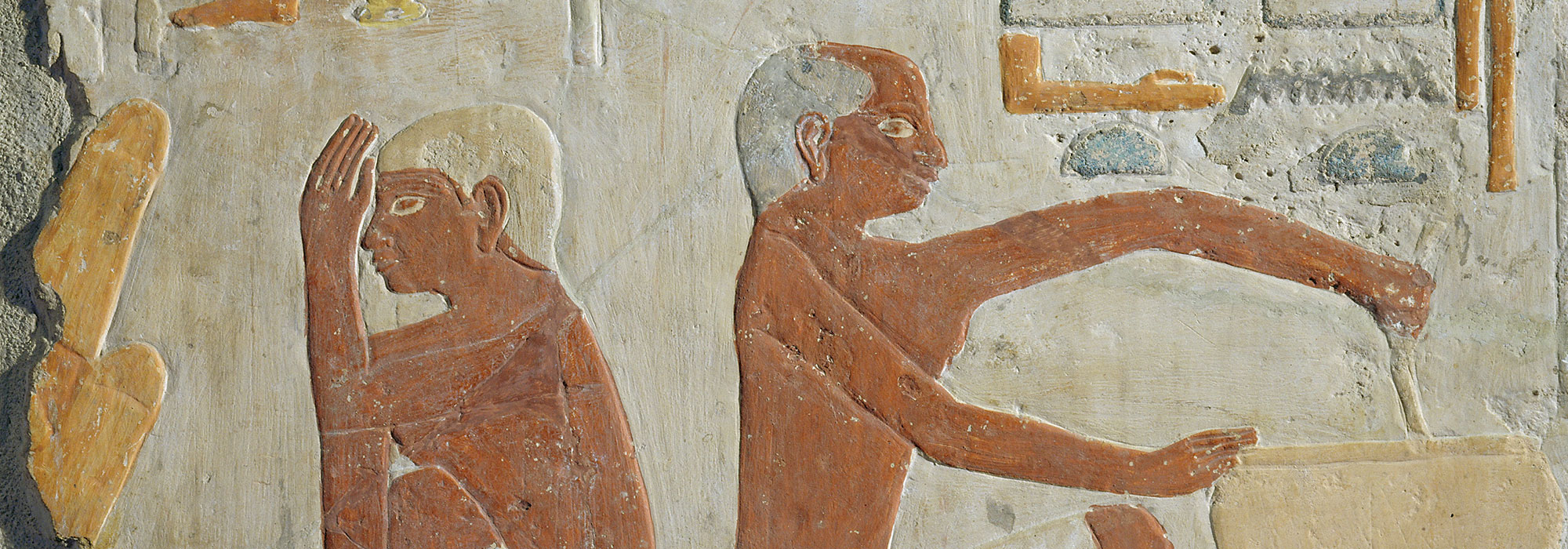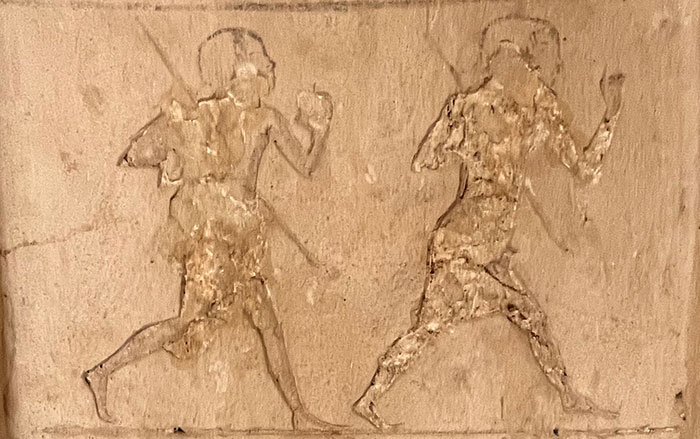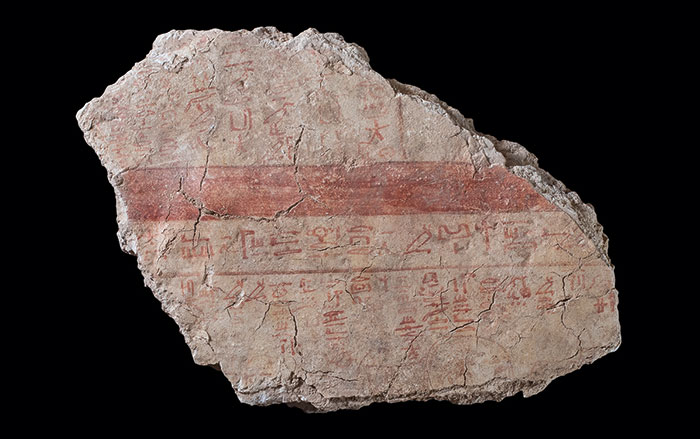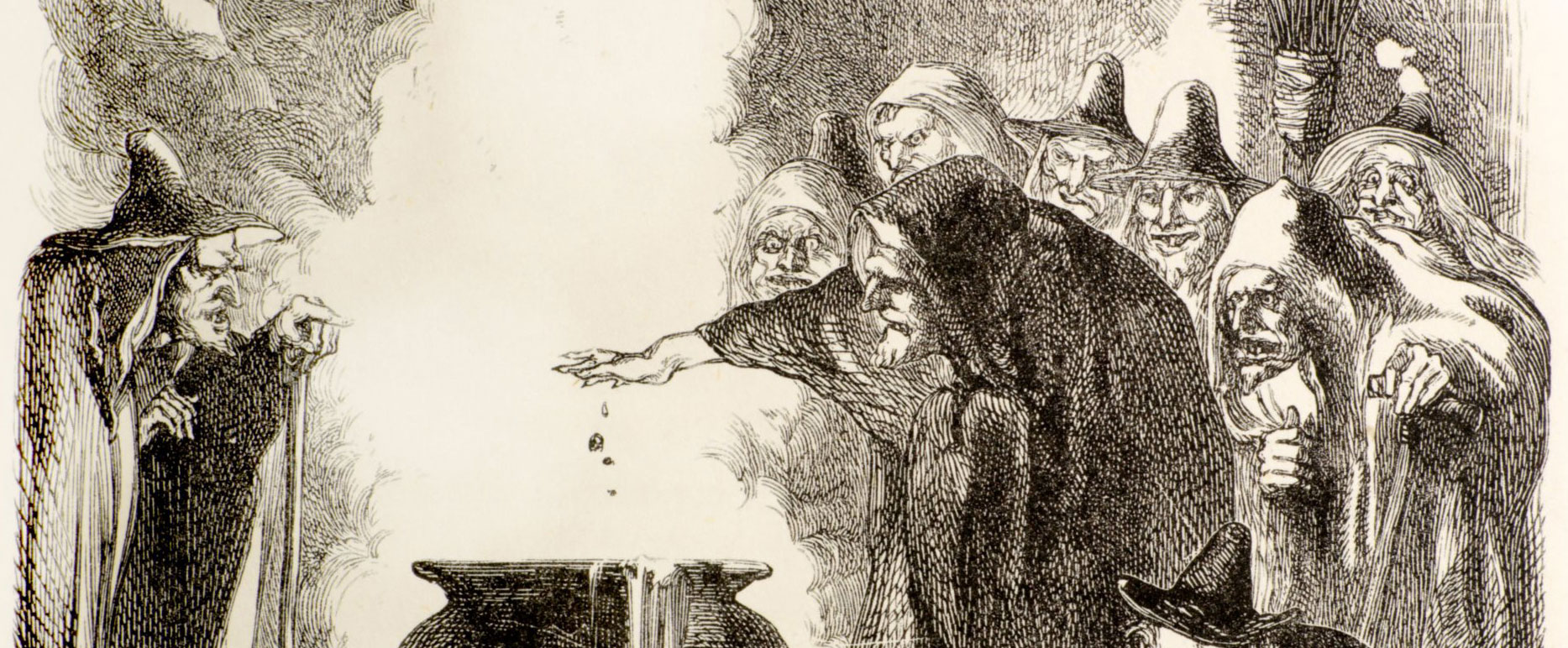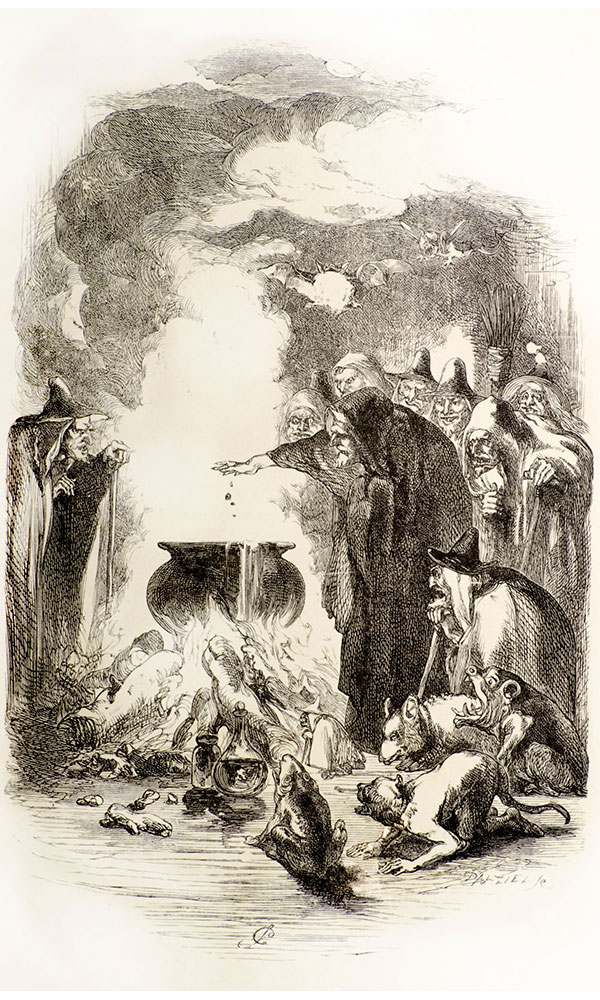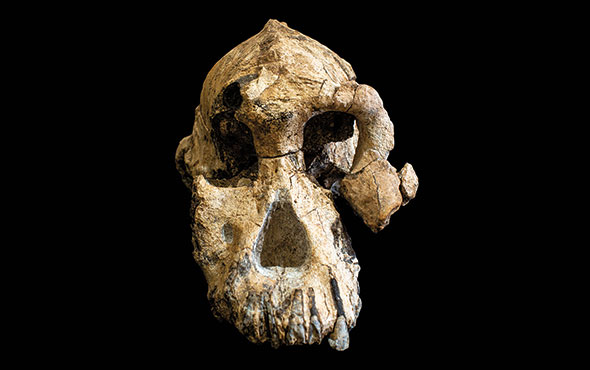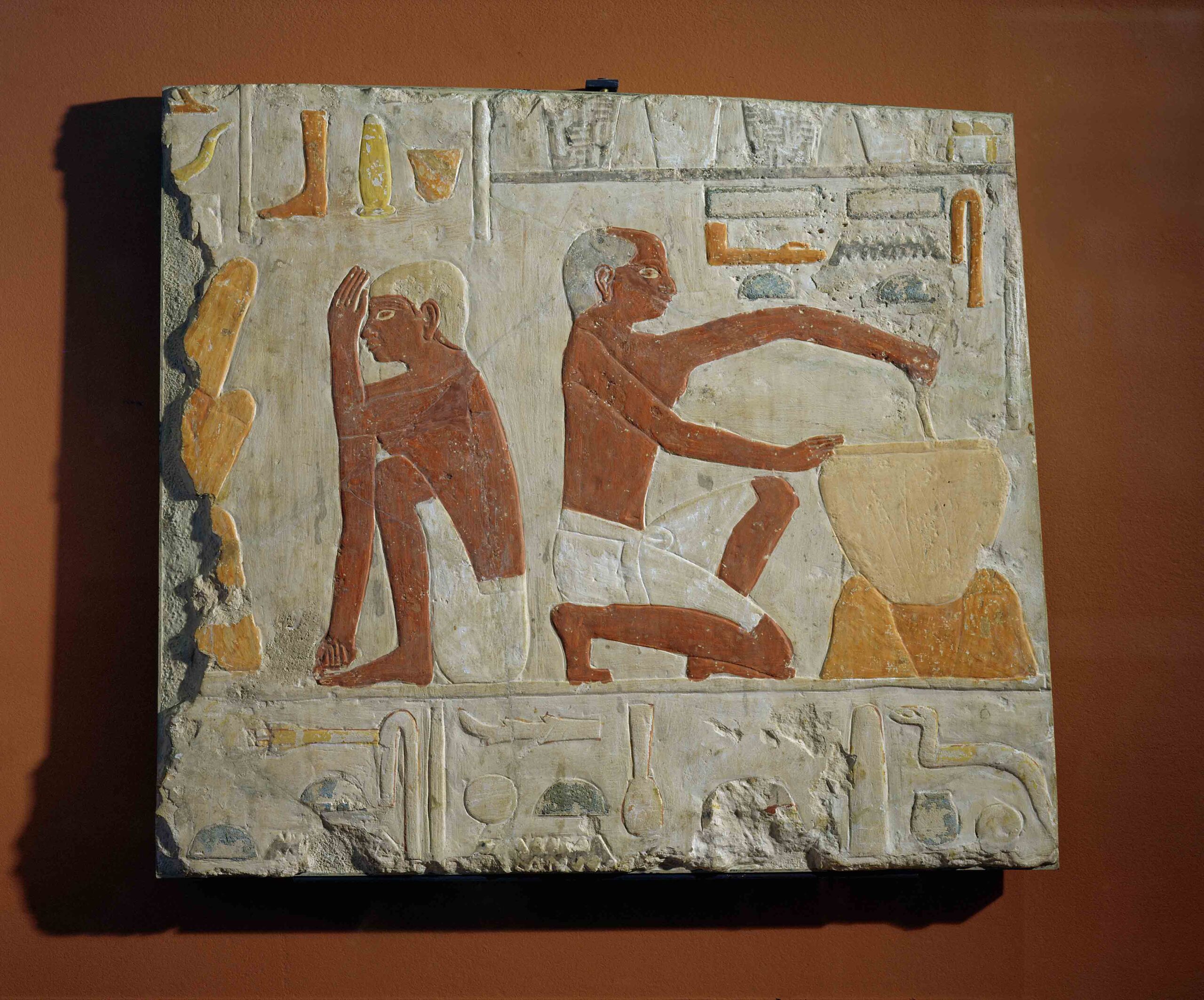
Nothing lives forever—except maybe yeast, which can go dormant and hibernate, perhaps indefinitely. An archaeologist, a biologist, and a baking enthusiast have recently embarked on a collaborative project to revive and reuse millennia-old yeast. They believe they have succeeded in identifying, isolating, and even baking bread with strains of yeast that may have been used by Middle Kingdom Egyptians to make bread—and brew beer—more than 4,000 years ago.
Archaeologist Serena Love of the University of Queensland is interested in brewing beer using Egyptian recipes, which scholars have attempted to piece together by studying tomb paintings and analyzing the microstructure of starch preserved in the archaeological record. Love, along with tech inventor and dedicated baker Seamus Blackley, set out to acquire ancient yeast strains that have secure archaeological provenance. They contacted museums across the United States and beyond, requesting to access their collections and extract yeast from Egyptian ceramics, stressing that the vessels would not be damaged. Eventually, they were given permission to work with artifacts housed at the Museum of Fine Arts, Boston, and Harvard University’s Peabody Museum.
To help devise a noninvasive method of collecting the yeast while minimizing contamination, the team recruited University of Iowa biologist Richard Bowman. He, too, is interested in re-creating ancient beers and has developed a yeast-extraction method—still being refined—that aims to preserve the condition of antiquities while avoiding surface contaminants. Foremost among these threats is airborne wild yeast, which, like all manner of fungi and bacteria, is all around us. Bowman’s method involves using a needle-less syringe filled with liquid containing yeast extract, dextrose, and amino acids to moisten a cotton ball that has been placed on the surface of the artifact. “We continue soaking that particular area of the vessel until it is completely saturated and the cotton ball stops drying out,” Bowman explains. After waiting five to 10 minutes for the liquid to penetrate the pores of the ceramic and “wake up” the yeast, the process is reversed. The syringe sucks the liquid back up through the same cotton ball and, finally, any harvested yeast is isolated and incubated.
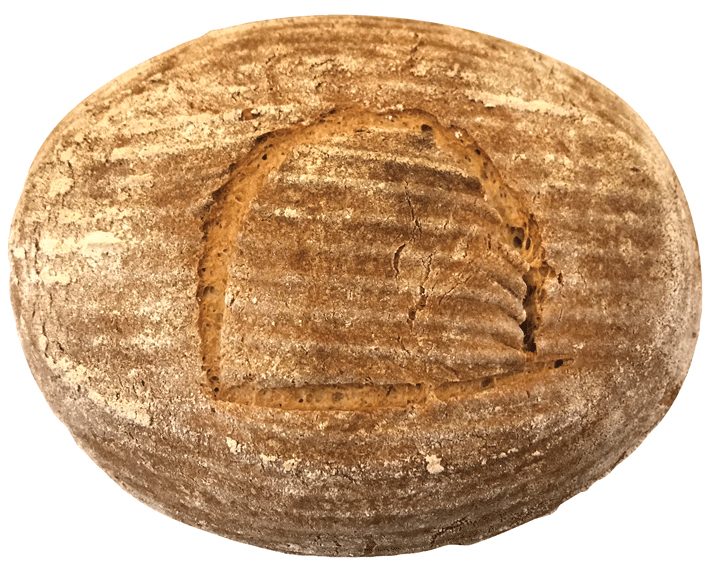
Bowman says that it may never be possible to completely eliminate the risk of contamination, and admits that the strains the team has thus far worked with may belong to ambient yeast floating around the museums. He was heartened to discover, however, that while the ostensibly ancient yeast did not take well to being grown in a modern lab, it responded immediately to conditions under which it would have grown in antiquity. “When Seamus put the yeast in emmer flour, which is what they would have been eating in ancient Egypt,” Bowman says, “it immediately proliferated.”
Love is now attempting to gain access to a broader range of artifacts from various periods and regions of ancient Egypt. She hopes to investigate differences in yeast used to brew the dozen or so varieties of beer that ancient Egyptians are thought to have produced. The team also plans to send out strains of yeast for genome sequencing. “We can determine the yeast’s subspecies,” explains Bowman, “and by consulting a database of genetic information collected on yeast, we can then compare the strain to its descendants.” This should allow the team to create a model of gene transformation over time that will help estimate how old the extracted yeast is. For his part, Blackley says the bread made from the (most likely) ancient yeast was like nothing he’s ever tried. “I was a little concerned about its texture,” he says. “But when it came out of the oven, I could smell that it was going to be fantastic.”


